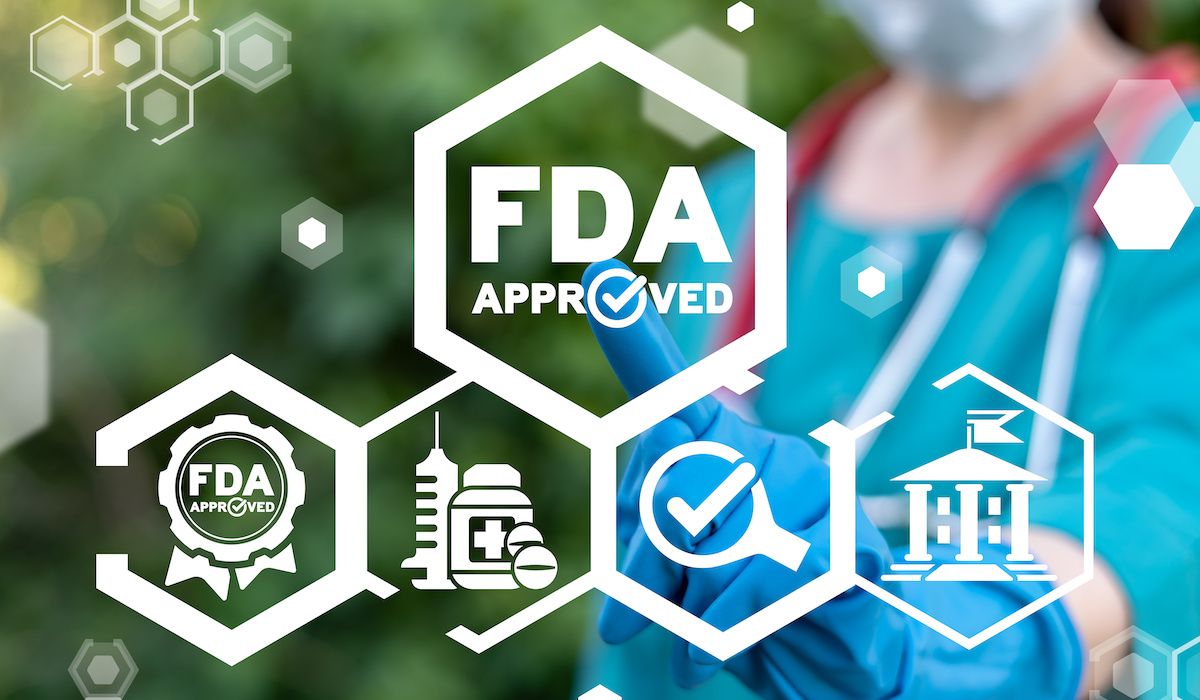Article
Nine Months in: Understanding the Oncology Care Model
Author(s):
As we near the first anniversary of the Oncology Care Model, CMS' bundled payment program for oncology, explore why practices are participating and the challenges they have faced over the past 9 months.
This article was coauthored by Kelly Price, vice president and chief of healthcare data analytics at DataGen.
Since July of 2016, 190 practices have been engaged in the Oncology Care Model (OCM), a Medicare pilot that seeks to change the way cancer care is provided and reimbursed in the United States. OCM is an example of a bundled payment program, a condition-specific model in which providers accept financial risk for the totality of a patient’s care over a predefined period of time.
OCM is not the first of this kind. Commercial payers have piloted bundled payment models for years, while the Affordable Care Act (ACA) established the Center for Medicare and Medicaid Innovation (CMMI) with the purpose of testing “innovative payment and service delivery models.” One of these models includes Bundled Payments for Care Improvement (BPCI), a voluntary program in which providers may select between 1 and 48 clinical “episodes,” which may range from surgical procedures like major joint replacement of the lower extremity (MJR) and cardiac valve replacement, to medical conditions like congestive heart failure and stroke. With the introduction of the Comprehensive Care for Joint Replacement program in 2016, MJR is by far the most prevalent condition around which bundled payment programs are designed. This prevalence is partially due to the fact that many MJR procedures are elective; on average the variance in MJR patients’ care costs and utilization is relatively low, both of which contribute to the ability to implement standardized care pathways.
Cancer is different. Cancer is an emotionally charged disease that often unpredictably selects its prey. It is the second-leading cause of death in the United States. Treatment plans are highly individualized, sometimes targeted down to the genome. Cancer is simultaneously a coveted and questionable candidate for a bundled payment model. On one hand, a health system should create incentives for providers to offer more coordinated, high-touch care for the nation’s sickest patients. In addition, the efficiencies bred from an alternative payment model (APM) increase when the model targets a high-volume, high-cost condition. On the other hand, designing a risk-based payment model that adequately reflects the complexity and diversity of cancer patients, while simultaneously enabling clinical innovation, is a tall ask. CMMI is attempting to do just that with OCM.
OCM: The Basics
Bundled payment models typically feature the following characteristics:
- Condition specific
- Includes nearly all services provided to patients over a set period of time, also known as an "episode"
- Episode begins with a trigger event
- Total payments for a patient’s care during an episode must fall below a threshold, or target, in order for a provider to be eligible to receive savings
Under OCM, a 6-month episode is triggered by the initiation of chemotherapy. An eligible patient must have both Medicare Part A and B coverage, and not be in a Medicare Advantage plan. Nearly all cancer types can trigger an episode. Practices participating in OCM continue to be paid traditional Medicare fee-for-service (FFS) payments. Following a 6-month performance period, these payments will be aggregated and retrospectively compared with episode-specific target prices. If requisite quality thresholds are met, and aggregate payments fall below the target, OCM practices will receive a performance-based payment (PBP).
In order to participate, practices must satisfy a series of practice requirements such as providing the core functions of patient navigation and documenting a care plan in compliance with Institute of Medicine guidelines (Figure 4 in this document). In exchange, practices receive $160 per member per month payments, known as monthly-enhanced oncology service (MEOS) payments.
Why Did Practices Decide to Join OCM?
Extra Funding. While reading the previous section, you probably did the quick math to learn that the $160 MEOS payment translates to $960 for a 6-month OCM episode, meaning OCM practices with 1000 episodes per year would receive close to $1 million in supplemental Medicare payments.
Limited Risk. Practices are not required to accept downside risk until after the fourth performance period (PP4). In order to remain in OCM for the entirety of the program’s 5-year duration, a practice must either 1) receive a PBP by PP4 or 2) adopt downside risk. Practices that achieve a PBP in the requisite timeframe are technically never required to accept downside risk.
Data. As part of their participation in OCM, practices receive 3 years of historical claims data and performance period claims data. The claims are inclusive of all care received by the practice’s patients, whether or not the care occurs within the practice’s walls, at a nursing facility across town, or at a community hospital emergency room. The comprehensiveness of these data enables practices to observe broad utilization trends and/or drill down into a single patient’s care across a 6-month period.
Strategic Investment. OCM is part of the Obama administration’s commitment to shift 50% of FFS payments to value-based reimbursement by the end of 2018. While the Trump administration’s health policy priorities are still evolving, the Medicaid Access and CHIP Reauthorization Act maintains an incentive for providers to continually move towards APMs. Many in the health industry believe that the system may only move further away from FFS reimbursement over time, suggesting it is better to start learning now, with low risk, than be forced into a model unprepared, in the future.
Good for Patients. Above all else, many believe that APMs create incentives that enable providers to offer more coordinated, high quality care. As Linda Weller-Ferris, vice president of cancer services at Lahey Clinic, an OCM participant, commented, “OCM is a means to improve patient-centered care [and] drive clinical standardization throughout the system.”
Challenges
Of course, OCM is not without challenges. Success in any APM requires significant investment from providers. Furthermore, OCM is a pilot, meaning that CMMI and OCM participants will learn together as the program progresses—understanding which policies work and which don’t, and implementing course corrections as necessary.
Target Price Methodology. An effective target price methodology generates a target that holds providers accountable for the things they can impact, and is adequately risk-adjusted for factors beyond their control. While other Medicare bundled payment programs typically generate a target by calculating the average historical performance and adjusting for 1 or 2 factors, such as a fracture in MJR or a hospital admission with major complications in coronary artery bypass graft procedures, OCM uses a regression model (technically, a generalized linear model with a log link and gamma distribution) to risk adjust for numerous factors.
While the CJR methodology results in 4 possible target prices, the OCM methodology results in thousands of possible target prices. There is not a single target price for a breast cancer patient; there is a target price for an 80-year-old, dual-eligible females with 4 comorbidities, receiving adjuvant chemotherapy for breast cancer in a clinical trial. If one of those factors is changed, the target price is changed. This level of complexity is necessary to match the complexity of the disease. However, the current OCM target price methodology still lacks adequate risk adjustment. CMMI is limited to only using factors that can be found in claims data, which excludes key information such as stage. CMMI is collecting certain clinical data from the OCM participants in part to improve the methodology, but these key clinical factors are unlikely to be incorporated prior to PP4.
Data Reporting. While practices should and do want clinical measures incorporated into the target price methodology, operationalizing the collection and reporting of these measures can be challenging. Practices are also required to report on certain quality measures in order to assess their eligibility to receive PBP. Practices are attempting to leverage their electronic medical records and tumor registry reporting processes to meet the OCM reporting requirements. Weller-Ferris admits that the associated information technology build initially demanded significant internal resources. In response to OCM stakeholder concerns, CMMI revised reporting timelines and is working to better streamline the reporting process.
What’s Next?
Practices will spend the next few months attempting to analyze their claims data to identify targeted care interventions, preparing for the next major data reporting deadline in September and executing all associated work flow changes. In future blog posts, we will delve deeper into individual OCM policies and chronicle practice implementation efforts. A follow-up case study will be forthcoming as well: stay tuned!

First-Line Tislelizumab Plus Chemotherapy Approved in ESCC Expressing PD-L1




